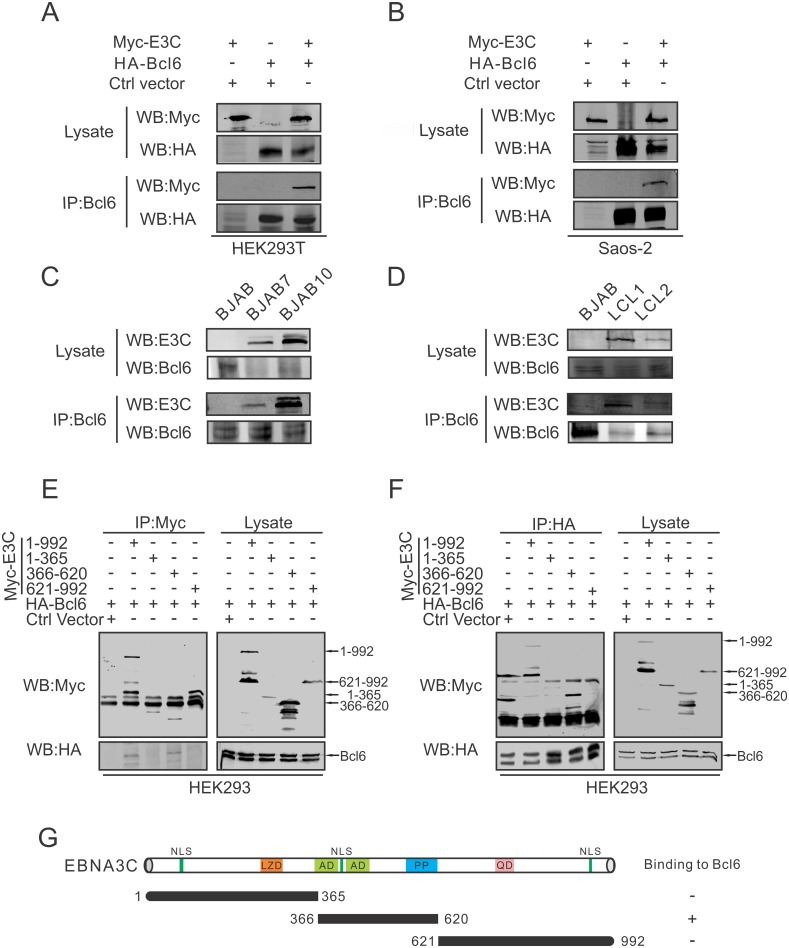Fig 2. EBNA3C associates with Bcl6 in human cells.
A-B) 10 million A) HEK293T and B) Saos-2 cells were transfected with Myc-tagged EBNA3C or HA-tagged Bcl6. Empty vectors were used for balance the total DNA per transfection. Transfected cells were harvested 48 hours post-transfection and approximately 5%-10% of the lysates were used as input and the residual lysates were immunoprecipitated (IP) with 1μg anti-Bcl6 antibody. Lysate and immunoprecipitated samples were resolved by 10% SDS-PAGE and western blot analysis was performed using the indicated antibodies. C-D) 30 million BJAB, BJAB7, BJAB10, LCL1 and LCL2 cells were lysed and co-immunoprecipitation was performed with Bcl6 specific antibody. Immunoprecipitated samples were resolved by 10% SDS-PAGE and endogenous EBNA3C and Bcl6 were detected by their specific antibodies. E-F) 10 million HEK293 cells were transfected with either control vector or full length and different truncated mutants of Myc-tagged EBNA3C combined with HA-tagged Bcl6 construct. At 48 hours post-transfection, cells were harvested and immunoprecipitation was performed with 1μg E) anti-Myc or F) anti-HA antibody. IP samples were resolved in 10% SDS-PAGE, and western blots were performed using anti-Myc and anti-HA antibodies. G) The schematic diagram summarizes the binding domains between different regions of EBNA3C and Bcl6. NLS, nuclear localization signal (aa 72–80, 412–418 and 939–945); LZD, leucine zipper domain; AD, acidic domains; PP, Proline-rich; QP, glutamine-proline-rich. +, binding; -, no binding.

